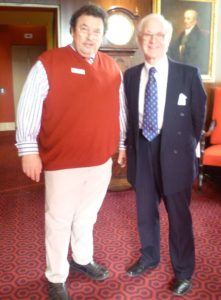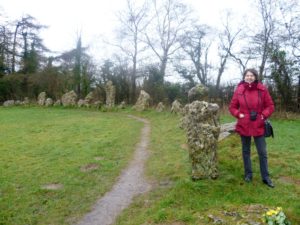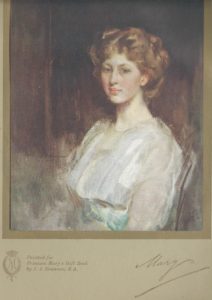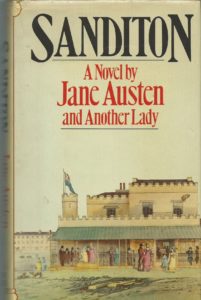The Worshipful Company of Salters is one of the twelve medieval Great Livery Companies of the City of London, and number 9 in the order of precedence. It was first licensed as a Guild in 1394, under King Richard II, to protect its members who worked in the all-important salt, pepper and spice trade. In medieval times, both sea salt and rock salt were essential to the economy: it preserved food in the days before refrigeration; it was also used in the dyeing trade to fix colours, and in the leather making process. Members of The Salters’ Company became experts in the chemical possibilities of sodium chloride.

Two members of the Worshipful Company of Salters’ Company, Anthony Lybster and Chris Cockcroft, about to show visitors round.
Continue reading Exploring London: The Salters’ Hall
Please share this page...








